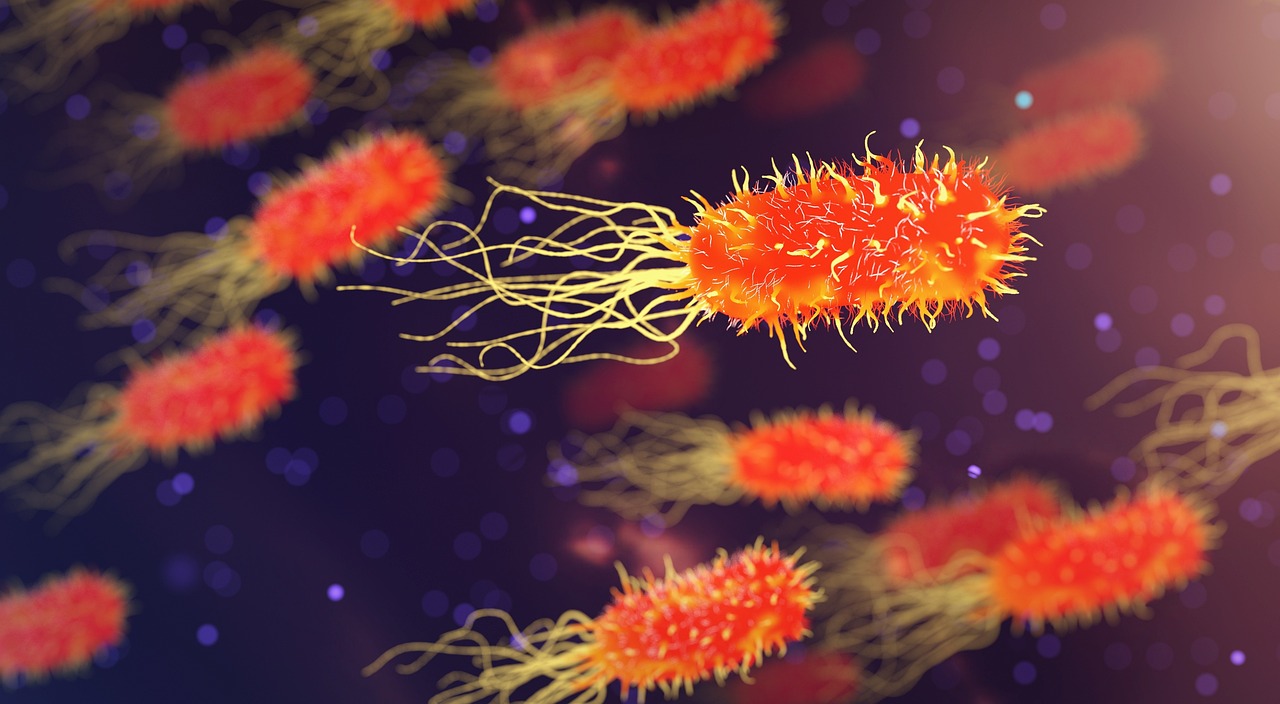Urinary Tract Infections (UTIs) are a very common global health concern that affects over 150 million people annually, as per the BMC Infectious Diseases. If you’re familiar with this condition, you’d know that it’s particularly common among women. But notwithstanding, this condition can also affect men and even children. Let’s explore the condition of urinary tract infection, where we’ll look at the overview, types and causes of the condition.

What is Urinary Tract Infection (UTI)?
There are different parts that make up the urinary system in the human body which includes the kidneys, urethra, bladder, and ureters. So urinary tract infection (UTI) is an infection that occurs in any part of this urinary system mentioned. This infection is typically caused by a bacteria with Escherichia coli (E. coli). Nevertheless, even viruses and fungi can also cause UTIs.
Are There Types of UTI?
Yes, there are. Actually, UTI can be classified based on the part of the urinary system they affect.
One of the urinary tract infections is called cystitis. This infection affects the bladder. Cystitis typically shows signs like pressure in the pelvic area, some sort of discomfort in the lower abdomen, and even blood in the urine.
The other is urethritis which is an infection affecting the urethra. This infection can cause discharge, and even a burning sensation when urinating.
Last but not the least is pyelonephritis, an infection of the kidney. This infection can get really intense to a point where it causes high fever, vomiting, and back or side pain.
Symptoms of UTIs
Common Symptoms in Women
- Frequent urge to urinate
- Burning sensation when urinating
- Cloudy or strong-smelling urine
- Pelvic pain
Common Symptoms in Men
- Frequent urge to urinate
- Burning sensation when urinating
- Cloudy or strong-smelling urine
- Rectal pain
Symptoms of Different Types of UTIs
Bladder Infection (Cystitis)
- Pelvic pressure
- Lower abdominal discomfort
- Frequent and painful urination
- Blood in urine
Kidney Infection (Pyelonephritis)
- High fever
- Back or side pain
- Nausea and vomiting
- Chills
Urethra Infection (Urethritis)
- Burning sensation when urinating
- Discharge
What Are The Causes of Urinary Tract Infection?
The most common cause of urinary tract infections is a bacteria called Escherichia coli, popularly known as E. coli. This bacteria normally lives in the intestines.
This bacteria can enter the urinary tract through a part of the urinary system called the urethra. This often happens when fecal matter (poop) from the rectal area (anus) spreads to the urethra during activities like sexual intercourse, improper wiping after using the toilet, and through catheters for those who have a problem urinating properly.
However, there are people who are at risk of contracting this urinary tract infection. Children and old people, sometimes, have a hard time wiping themselves after defecation, which makes it easier for these fecal matters to spread easily to the urethra. For females, during natural stages like pregnancy and menopause, their hormones fluctuate and physical changes occur, which makes it easier for bacteria to easily enter the urinary tract.
Lastly, poor hygiene practices like not cleaning yourself up after defecation or wiping your buttocks from the back to the front can increase your chances of getting a urinary tract infection.
Bottom Line
Urinary Tract Infections (UTIs) affect millions globally and can impact anyone, though they are more common in women. They happen when bacteria, usually E. coli, infect parts of your urinary system. Symptoms can vary, but often include a strong urge to pee, burning when you urinate, and discomfort. Furthermore, people who are old, young and even people that have proper hygiene are likely to get this infection.

















